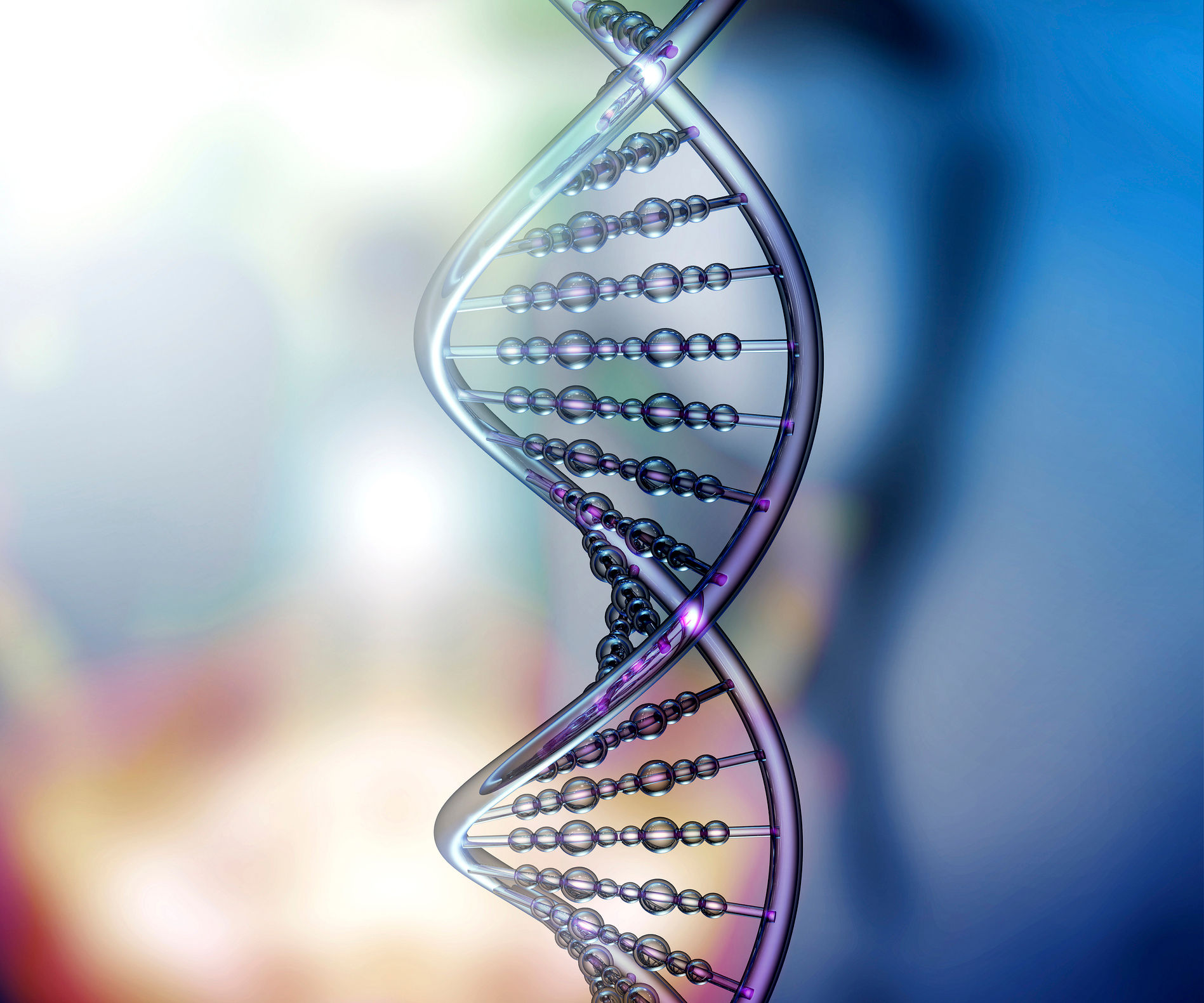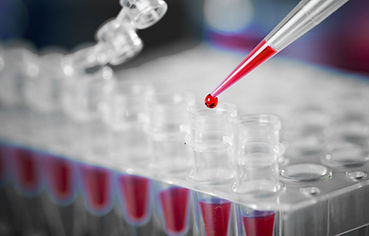
DNA Profiling
We can review and interpret DNA analysis work conducted by other experts and consider whether findings are accurate and consistent with your client’s version of events. We can review match probability calculations and consider possible DNA transfer mechanisms and secondary transfer.
For advice or a quote on DNA profile evidence click here.


DNA Analysis Techniques
DNA analysis techniques have advanced in recent years, with the introduction of DNA-17 and specialist software used in the interpretation of more complex DNA mixtures. If your client is linked to an incident by a DNA match, it may be critical in the case to review the level of DNA matching your client, the exact location from which the sample was taken and the possible presence of additional DNA from others, and also how the exhibit was seized and handled. These factors have been vital in cases where the mechanism of DNA transfer is an issue.
For advice or a quote on DNA evidence click here.
Body Fluid Analysis
The detection, analysis and interpretation of body fluids can be imperative in some sexual offence, assault and murder cases. The distribution of body fluids such as blood, semen and saliva can sometimes indicate how, when and under what circumstances they were deposited or transferred. Our body fluids team have many years experience in the field of body fluid analysis, including blood pattern analysis and interpretation. Blood pattern interpretation at scenes, upon items of clothing and footwear and also on apparent weapons can be indicative of specific actions carried out, or level of involvement of a specified individual in an assault, or proximity to an assault carried out by others.
For advice or a quote for from our body fluid experts click here.



Contamination
Our DNA expert will consider how a particular exhibit may have been seized and the actions of the SOCO or Officer prior to recovering the exhibit, the precautions taken, and how this could potentially impact upon the potential “contamination” or cross-contamination of exhibits with DNA from your client or others. We have been involved in several cases, including some where an acquittal was the outcome, due to potential secondary transfer of DNA caused by incorrect procedure.
For advice or a quote on DNA evidence click here.
Untested Evidence
Have you considered the potential implications of certain exhibits or samples NOT being submitted for DNA testing? This could be just as pivotal to your client’s case as the results the Crown do have! For example an airbag in an RTA, a knife in a stabbing or any other object that you or your client believe played a part in an incidnet. Our DNA expert can consider the implications of how those unknown factors could impact on your client's case had testing been carried out.
For advice or a quote on DNA evidence click here.
?

DNA In Context
As forensic experts, not only do we consider the DNA findings and body fluid interpretation, but the context of the case can be extremely important. For examples could the DNA have been left at anohter time or bought to the scene by a third party?
This is why our DNA experts will always consider all of the statements and documentation provided, as in many previous cases, sometimes the smallest detail or comment made, can impact hugely upon the interpretation of the DNA findings and therefore, in some cases, their significance!
For advice or a quote on DNA evidence click here.
Cold Cases
Our DNA / body fluids expert also deals in cold cases involving recently obtained evidence in old cases or reviewing and considering the potential work which could be undertaken with present day techniques. This includes specialised techniques which have been used, such as Low Copy Number DNA analysis, which our DNA expert had first-hand experience of.
For advice or a quote on DNA evidence click here.

Progression of DNA profiling techniques through the years:
Blood grouping
This was a basic technique used when blood had been found at a crime-scene or on a victim. Whilst limited, it was often used to include or exclude a suspect from a particular crime.
Start of DNA
In 1993 the Forensic Science Service developed a system whereby four separate primers were used to examine four separate regions of DNA. This system, known as Quad, was used routinely in UK casework, but even in the event of a suspect / crimestain match the discriminating power of 1 in 10,000 was relatively poor.
Introduction of SGM
In 1996, using the same principles, but an increased number of primers, the number of regions of DNA examined increased to 6, in a system known as SGM. This reduced the possibility of a chance match to 1 in 50 million.
SGM+
By 1999 the number of regions (or loci) of DNA examined had increased to ten, plus the gender marker. This system, known as SGM+ gave a huge discriminating power as the chances of a match between suspect and crimestain at all ten regions of DNA examined, simply by chance was at least 1 in 1 billion.
Low Copy Number (LCN DNA)
In 2000 the method known as LCN (Low Copy Number) DNA analysis was developed and used in some casework where standard DNA profiling had not, or was not likely to, yield a DNA profile result. This method used the principle of amplifying the source DNA to a higher level than that used in standard SGM+ profiling. This method proved invaluable in some cold cases, or in cases where there was likely to be very little source DNA to sample, or the sample had become degraded. This system still examined the same number of regions of DNA as SGM+, so the match probability statistics were the same at 1 in 1 billion.
Current DNA-17
The current system of DNA profiling used in casework in the UK is known as DNA-17. As its name suggests, seventeen regions of DNA are examined and compared. Essentially the same methodology is used as in previous DNA profiling systems (extraction, amplification, electrophoresis), and whilst the discriminating power is greater, for reporting purposes, the same statistic of 1 in 1 billion is quoted when discussing the probability of two unrelated individuals sharing the same DNA profile at each region simply by chance.
Not only have DNA profiling systems changed over the years, but methods in DNA recovery have improved and changed meaning the prospect of obtaining a useful DNA profile from a particular source has improved. No longer is a large body fluid stain required to obtain a DNA profile. “Touch” DNA is often obtained from cellular material shed from the skin, recovered by swabbing methods or adhesive tapings from items such as clothing. Improved methodology has meant that complete DNA profiles can now be obtained from the smallest bloodstain or other body fluid.
Example of DNA-17 single profile

Example of DNA mixture profile

Methods of interpretation have also changed and improved over recent years. In cases where mixtures of DNA are obtained, these were sometimes not suitable for evidential use as interpretation was difficult, with unknown numbers of contributors. With the development of advanced software packages such as LiRa and STR-Mix, it has become possible to interpret some mixtures and now use these evidentially.
For advice or a quote on DNA evidence click here.





.jpg)


